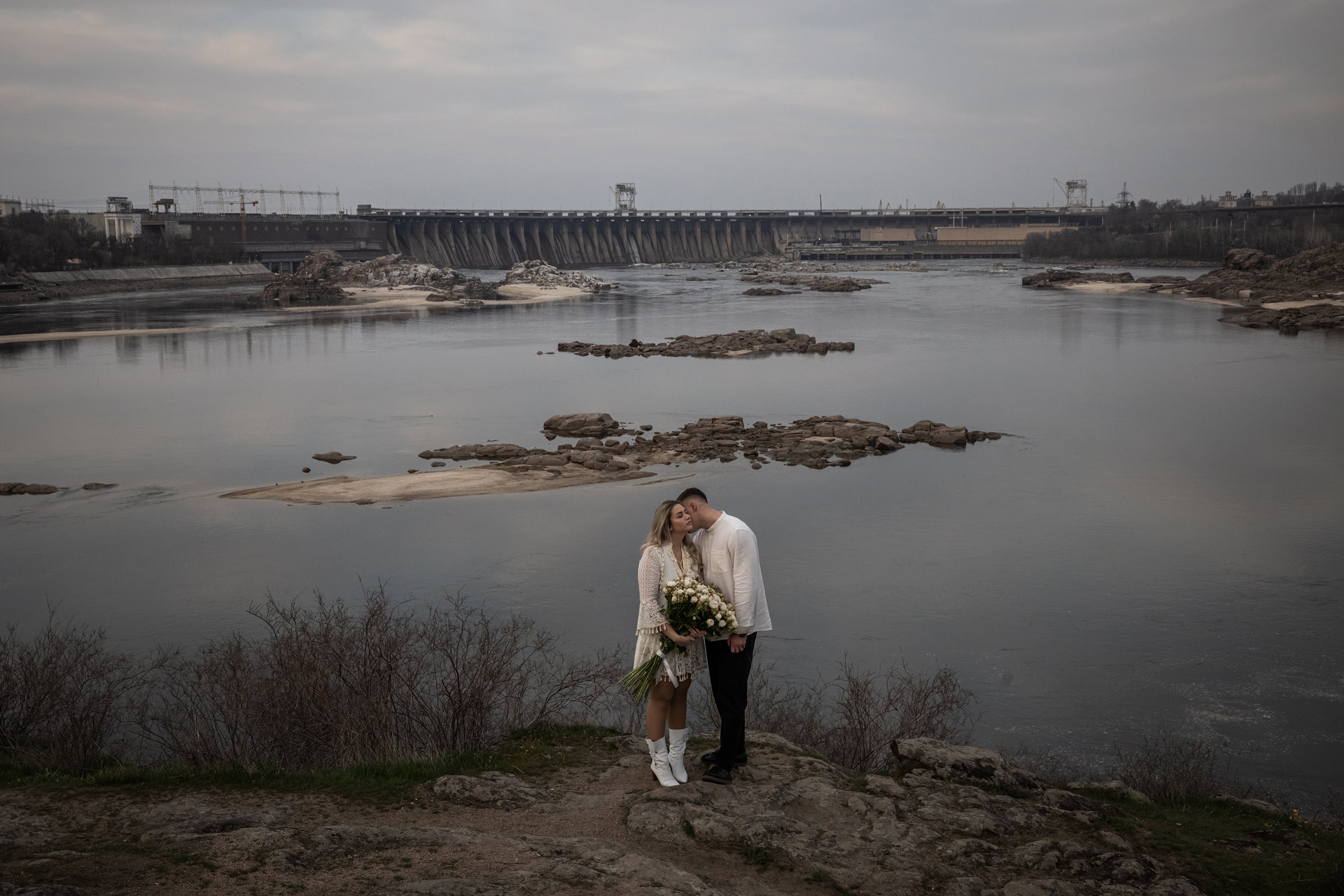Dublin city centre has a problem. In reality, it has a series of interlocking problems, some of them newly minted and others going back generations. Recent commentary on the issue in the wake of a number of high-profile assaults has been overblown at times, however. There are few real no-go zones in Dublin. Parts of the urban core are bustling with commercial energy and social interaction. But there is no denying that other areas of the historic inner city leave much to be desired and that this has contributed to a sense among the public, reflected in polling by traders’ organisation Dublin Town, that the centre is increasingly unsafe, particularly at night.
While this is not borne out by official data on street crime, the sense of unease on some streets is palpable. Open drug dealing and drug taking have become more prevalent along the quays and on O’Connell Street. A rise in the use of crack cocaine contributes to an aura of menace. This degradation of civic space requires a more pro-active response from the Garda, but it is so intertwined with the twin problems of homelessness and economic marginalisation of inner-city communities that any solution must be multi-faceted.
There is no doubt that the pandemic and associated lockdown served to accelerate several unwelcome trends. Empty streets, shuttered businesses and vacant offices have only seen a partial return to pre-Covid normality. Online retail and remote working will continue to have a hollowing-out effect on cities, which must therefore reinvent themselves as attractive places of leisure and entertainment.
It is an indictment of local and central government that they have failed to prepare for this reality. A vibrant city requires a vibrant cultural economy, yet Dublin’s cultural capital has been badly eroded over the past decade, with venues closing without being replaced. A safe city is a lived-in city, but attempts to encourage “over-the-shop” apartment development have been sporadic, and most of the centre remains a ghost town after midnight. Much-needed projects such as the College Green refurbishment take an inexplicably long time to complete, while dereliction continues to blight the north inner city.
READ MORE
There are hopeful signs. Investment in better cycling infrastructure and in pedestrianisation is continuing, while a more coherent policy approach to the nighttime economy is promised. However, Dublin City Council still struggles to provide a public realm fit for the capital of a modern progressive, prosperous country.
Dubliners may be asked next year to vote on whether to have a directly elected mayor. That will be worthwhile only if the position comes with real powers. Unaccountability and strategic incoherence have been major contributory factors in the city’s difficulties. A change is clearly require












